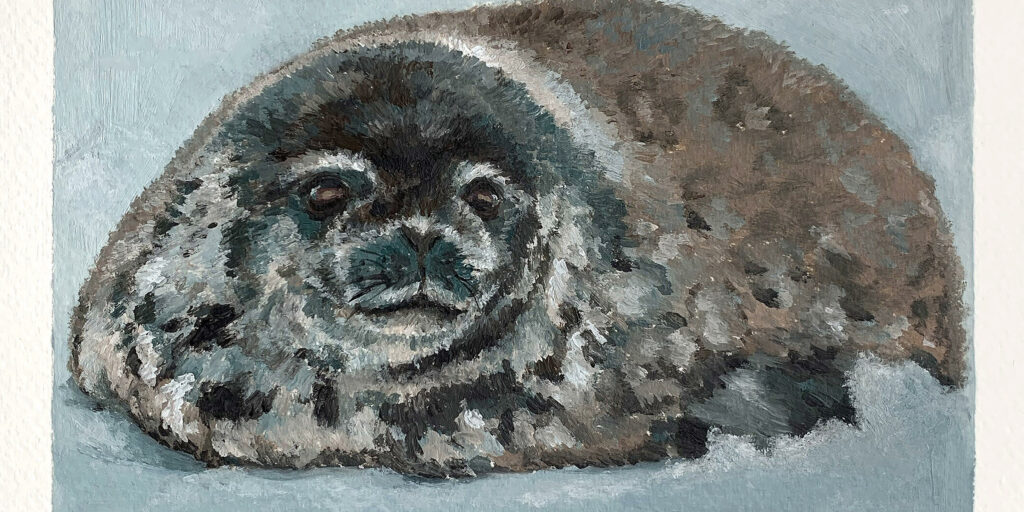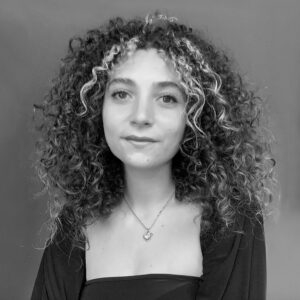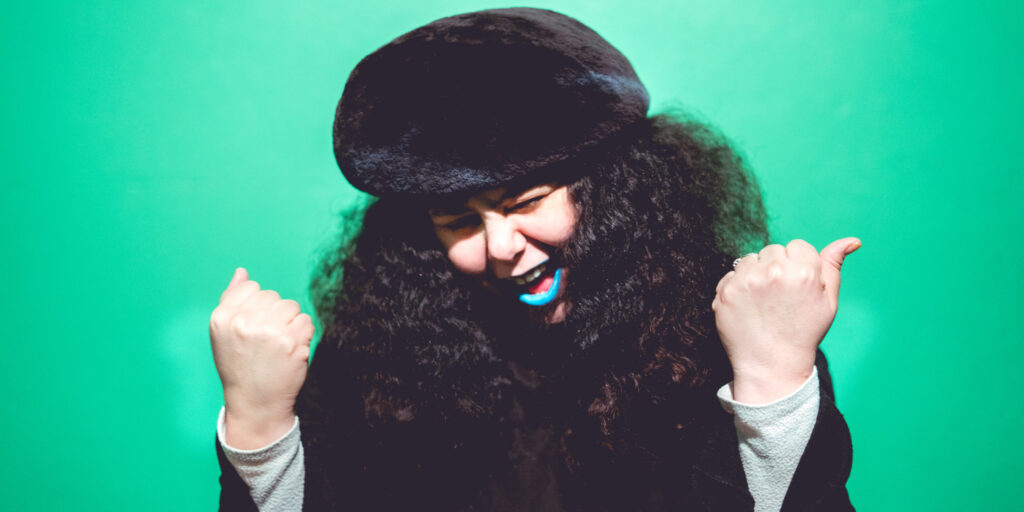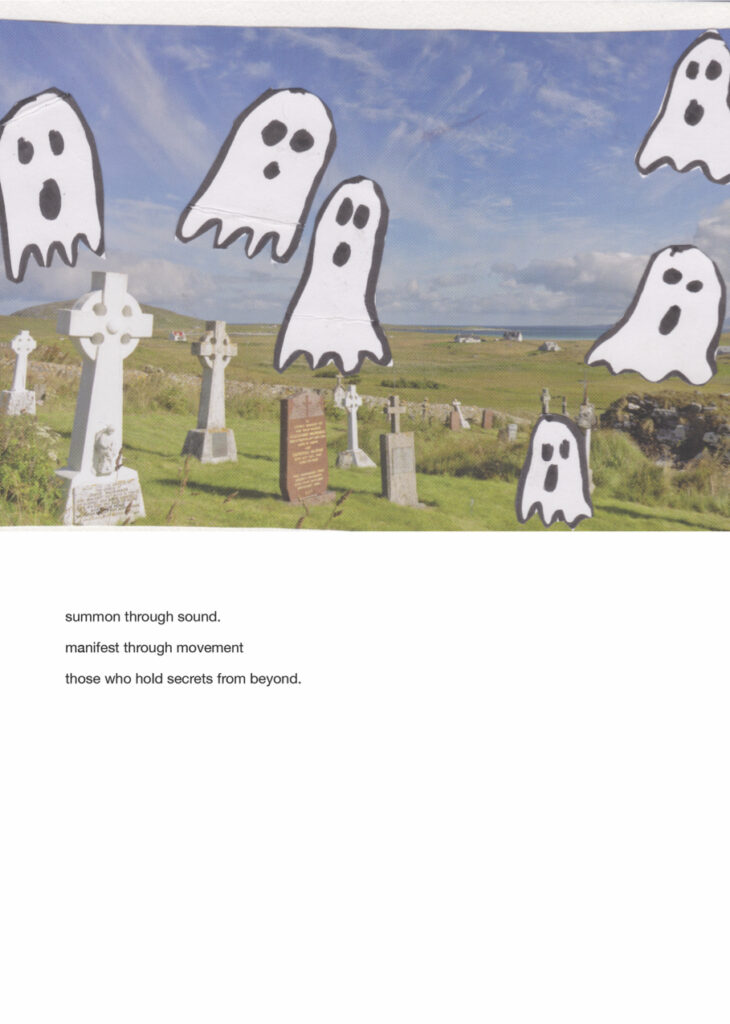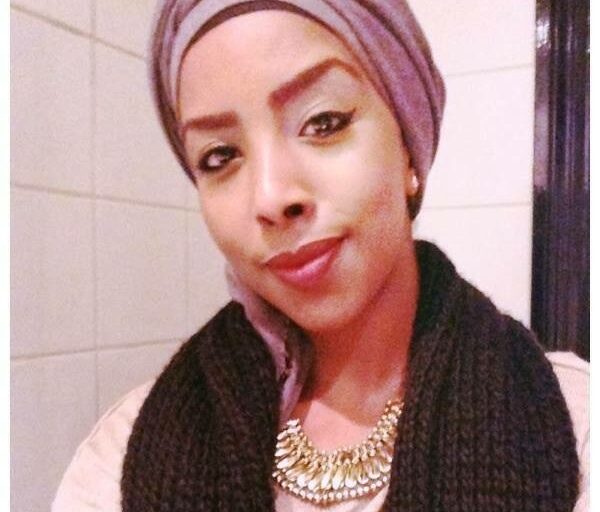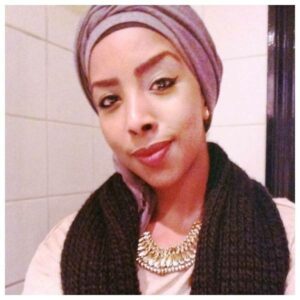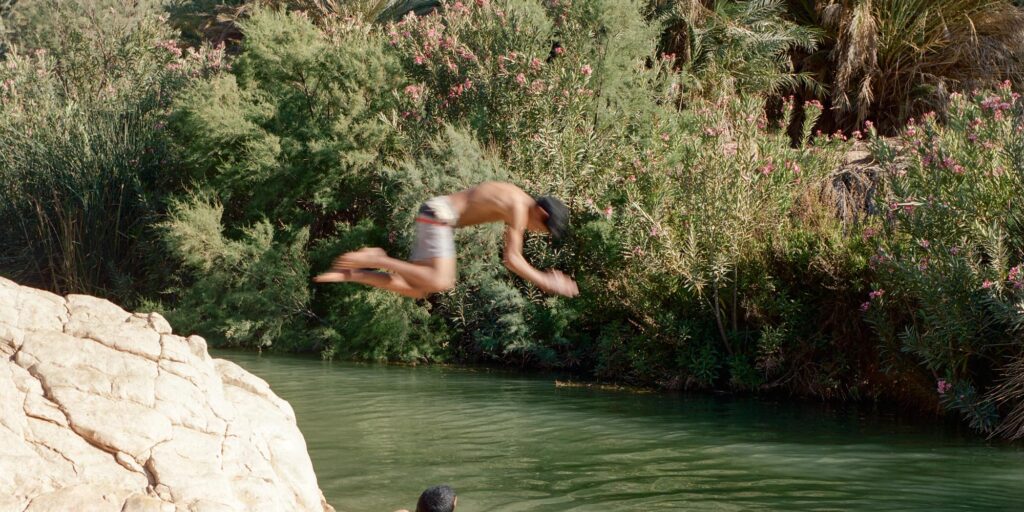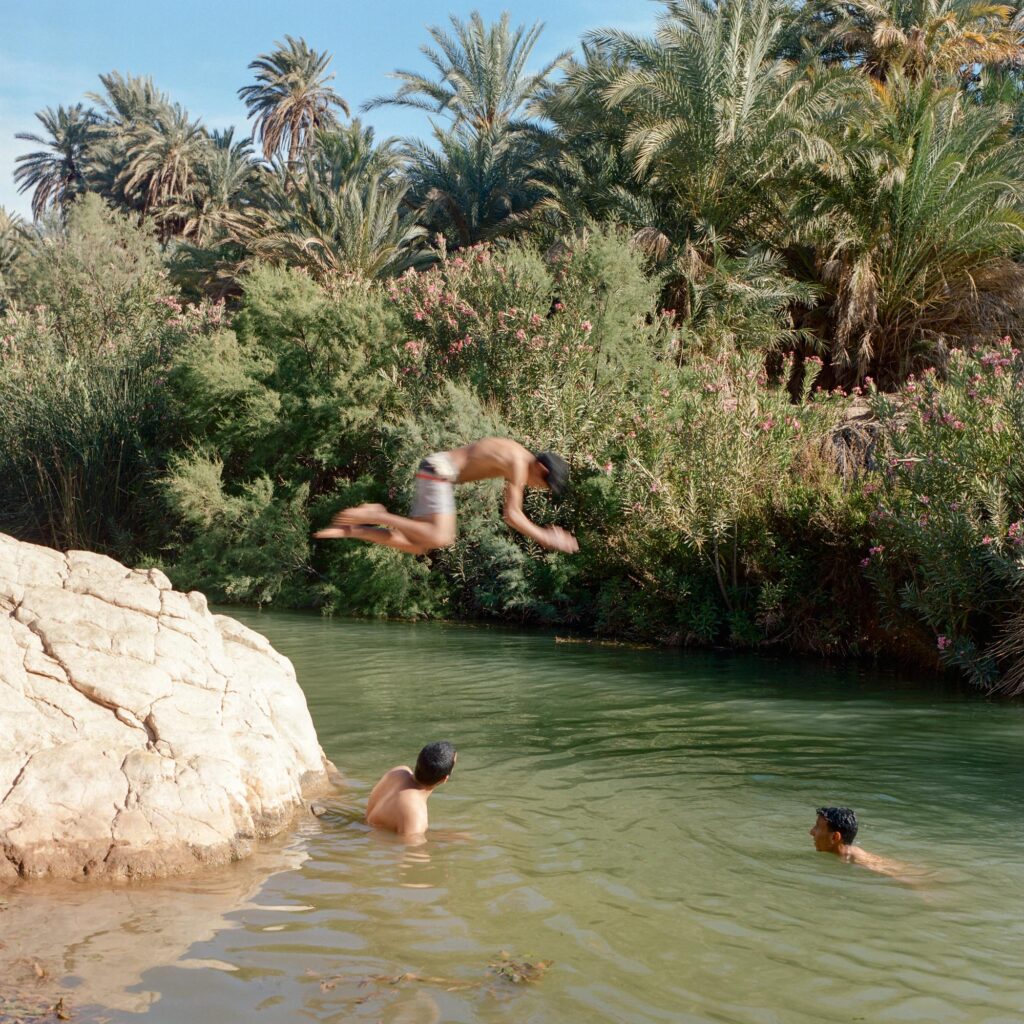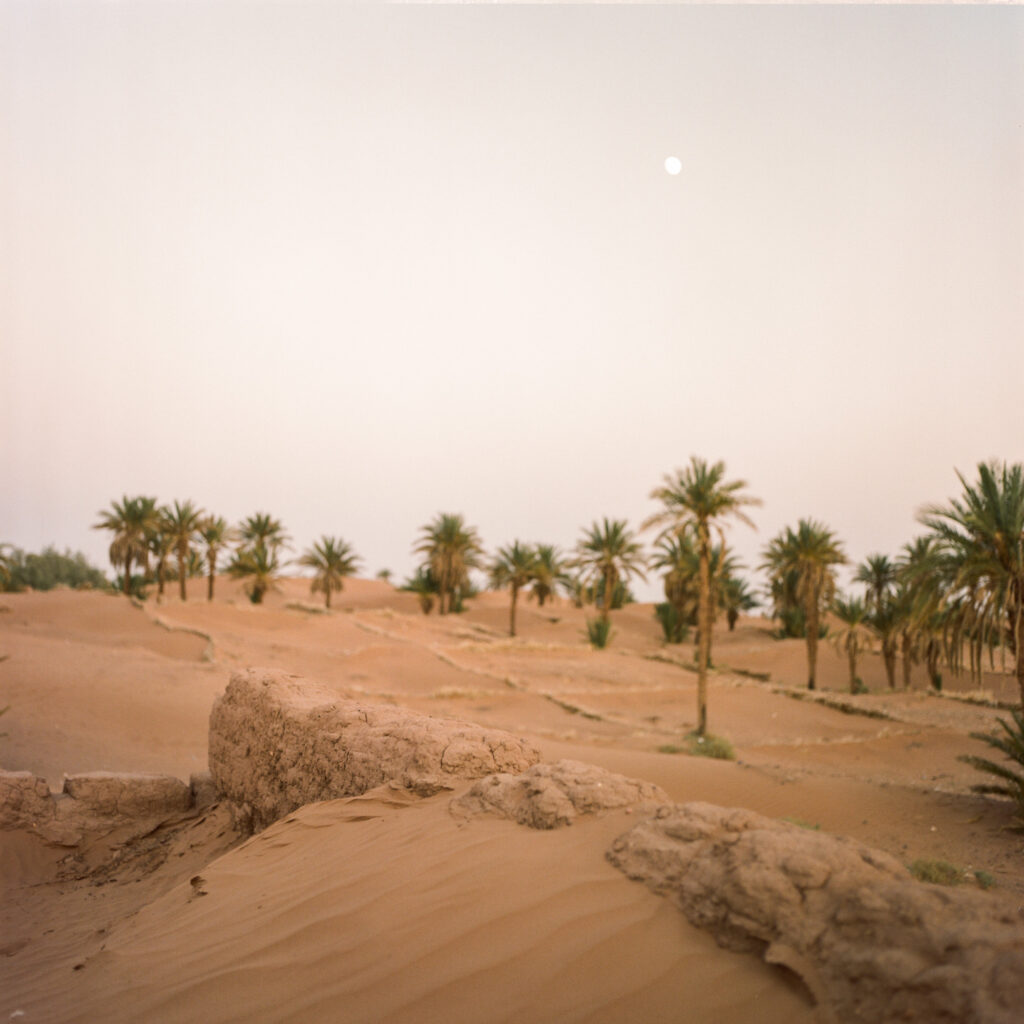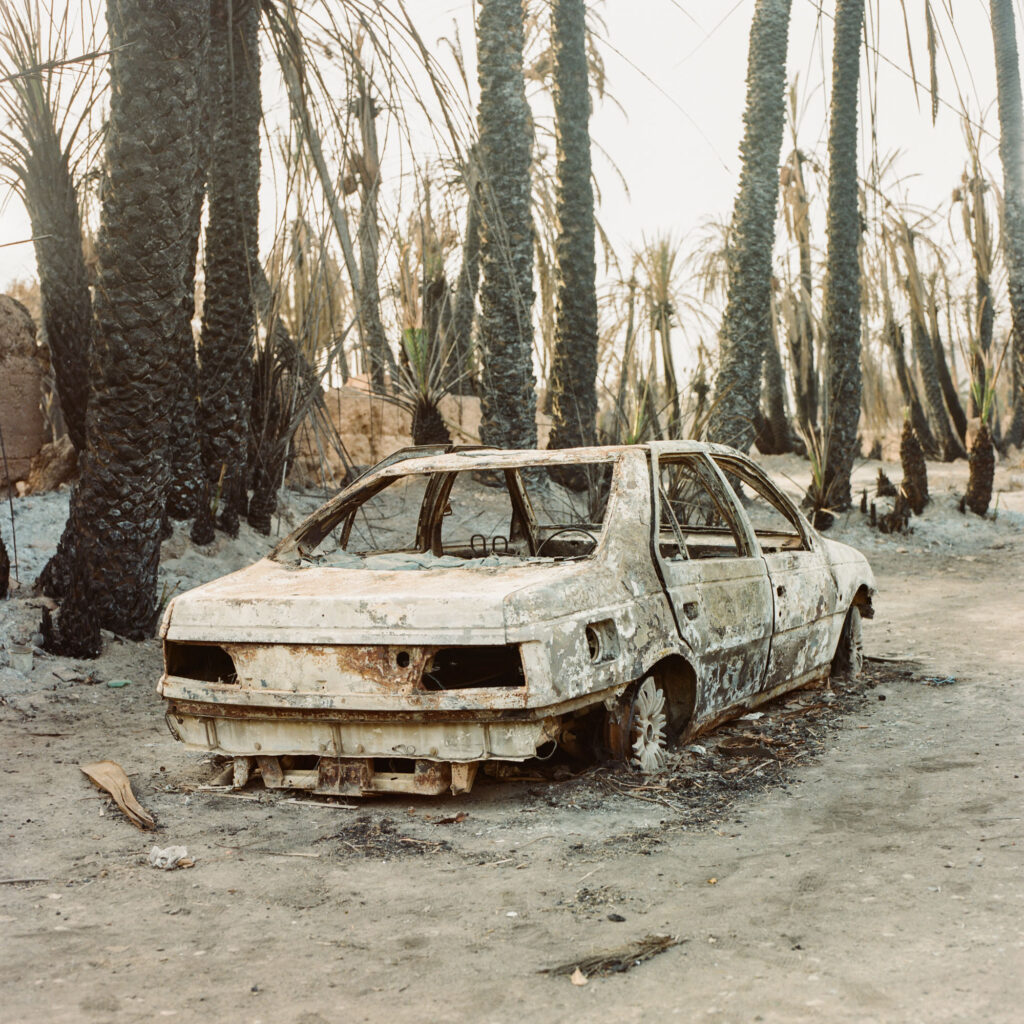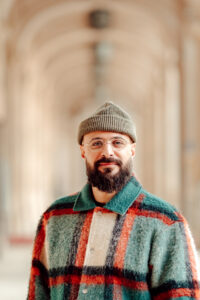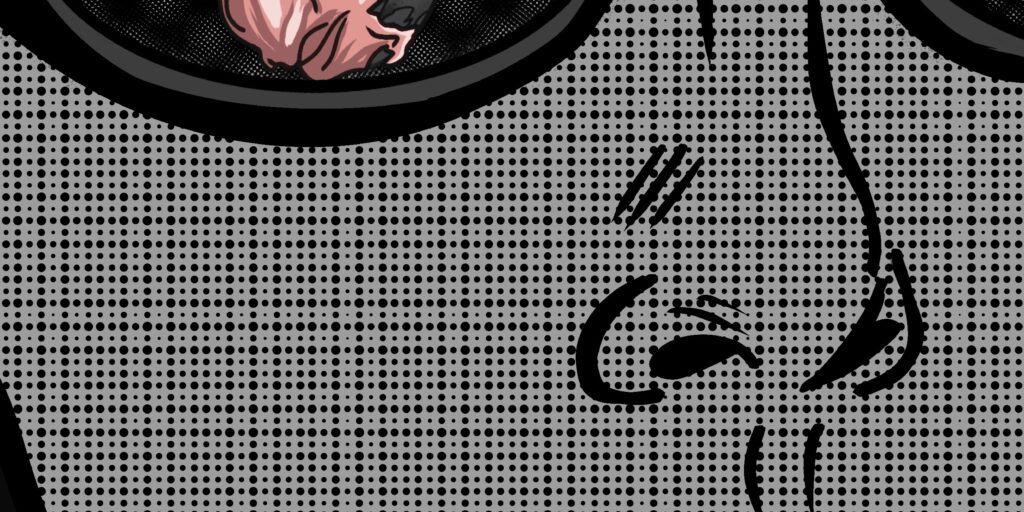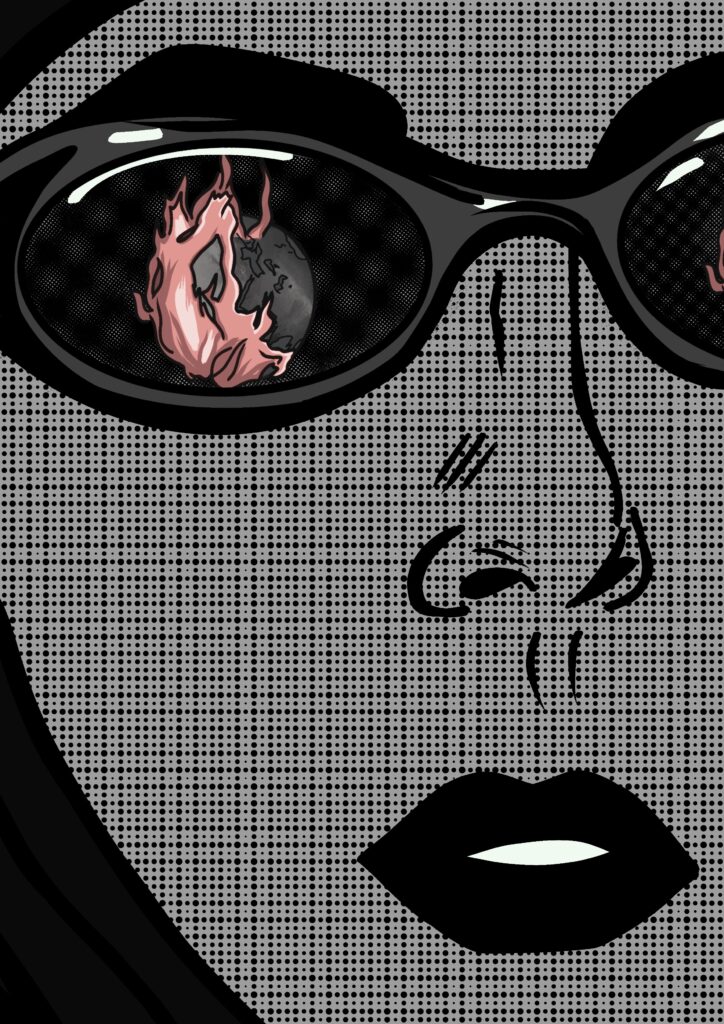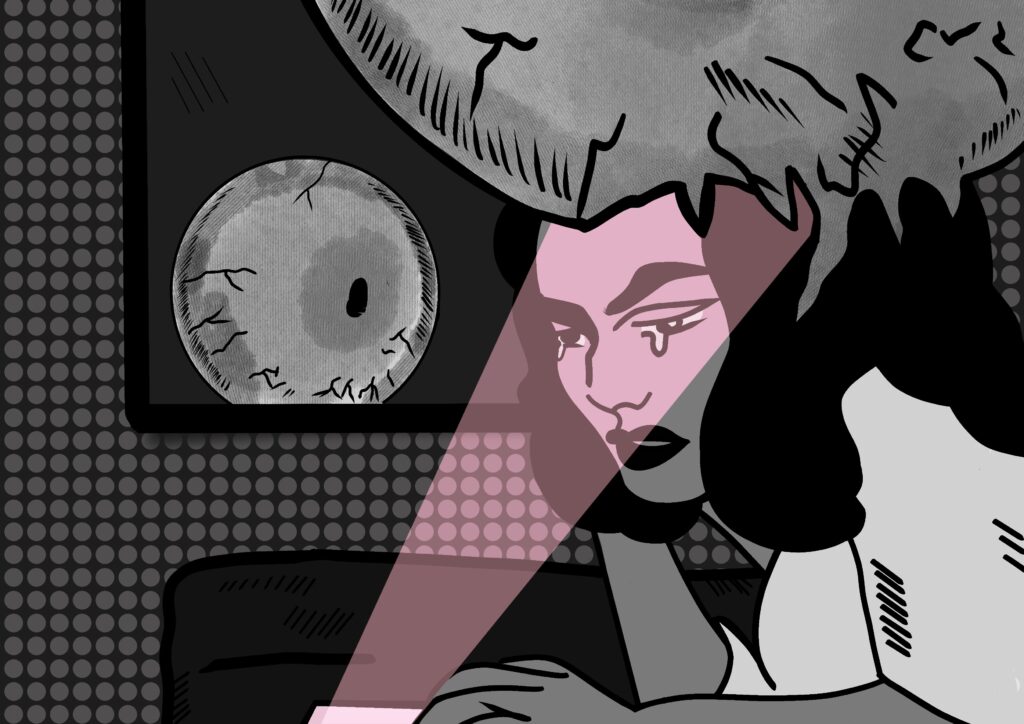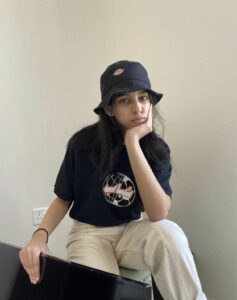I collected two testimonials for this project. The first is from a friend’s father, who used to spend his summer vacations in a little village named Dahomey, a few kilometres from Casablanca in Morocco.
He told me about his childhood home and its beautiful ocean view. Today, the rising sea levels are a threat to this house.
Not far from Dahomey is another village named Bouznika. While taking pictures of the ocean, I met a fisherman who told me about the seafood shortage, and about when times were better.
On this side of the village, the tide was dropping, leaving behind only waste.
Based on a true story is a portrait of a house full of memories, in danger.
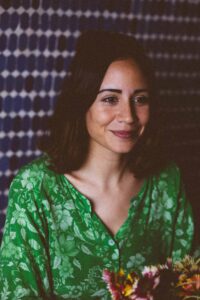 Yasmine Hatimi (b. 1986 Casablanca) works as a photographer in Casablanca. In 2004, she left Casablanca for Madrid to pursue degrees in cinematography and photography. After nine years she returned to Morocco with the intention of rediscovering her country through her photographic work.
Yasmine Hatimi (b. 1986 Casablanca) works as a photographer in Casablanca. In 2004, she left Casablanca for Madrid to pursue degrees in cinematography and photography. After nine years she returned to Morocco with the intention of rediscovering her country through her photographic work.
An eternal dreamer, her work lies between melancholy and poetry, and seeks to transmit an atmosphere inspired by her internal universe. Her latest work focuses on young Moroccan masculinity, which she approaches with a certain dreamlike romanticism.
Her work has been shown at festivals and venues including Photo España, Festival photo Saint Germain, Alliance Française de SaPi, Musée Mohamed VI (Rabat). Her photoraphs have been featured in magazines and newspapers such as El Pais, Mille World, Konbini, Nataal, Float photo Magazine and CNN Arabica .
Yasmine is part of the Koz Collective, a collective of four Moroccan visual artists working on long term projects and sharing a passion for storytelling. Koz, meaning 4 in Amazigh, is an obvious pun that highlights the very essence of the members’ visual work, which, from documentary to fiction stand for a deeply rooted and keen urge of making sense of current events.

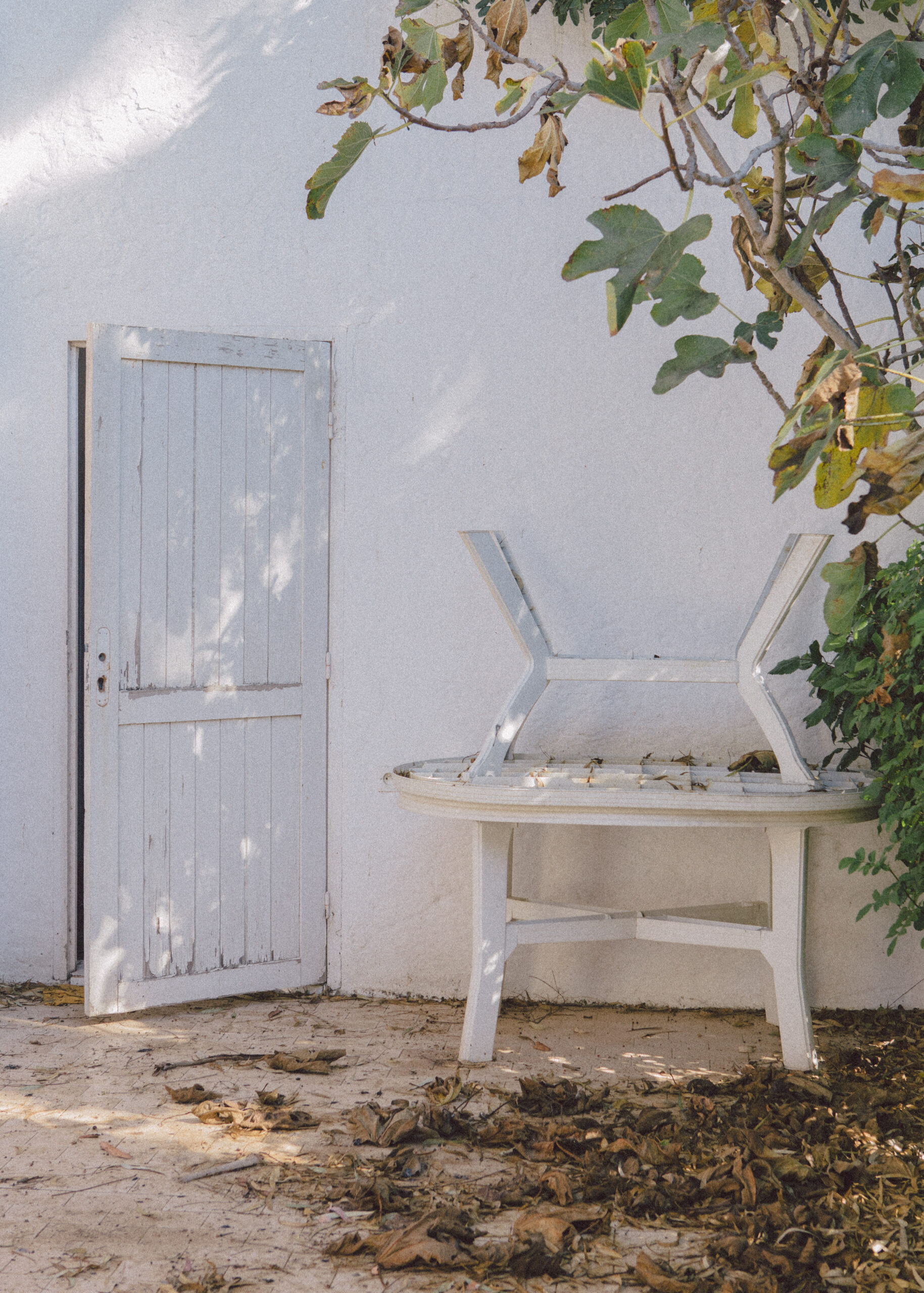
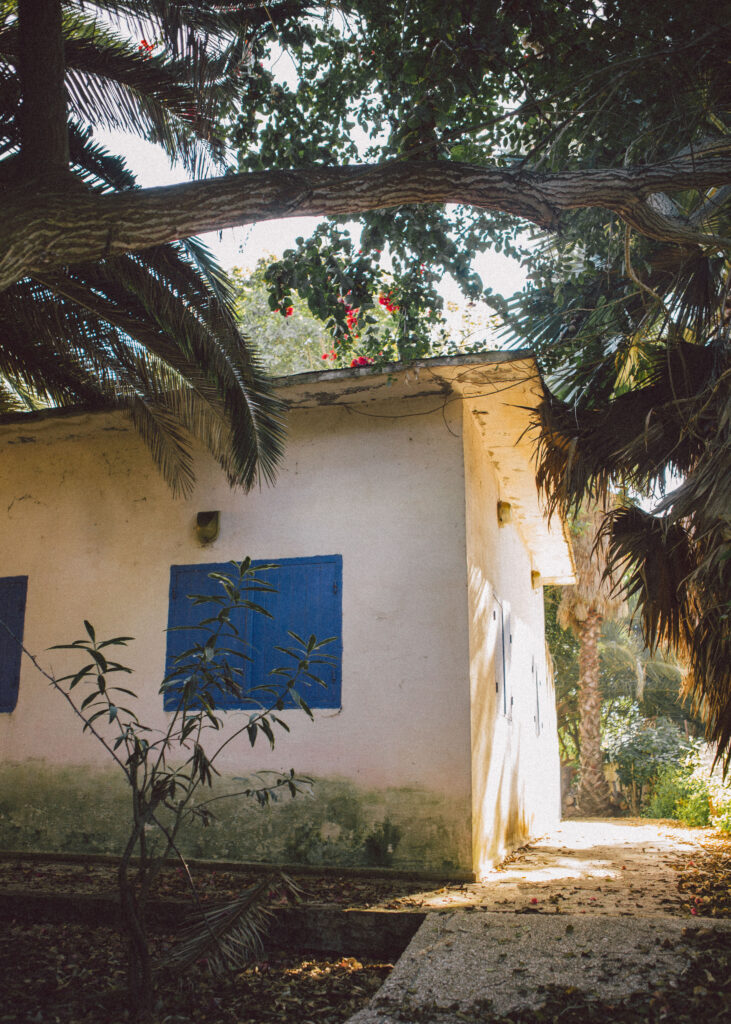
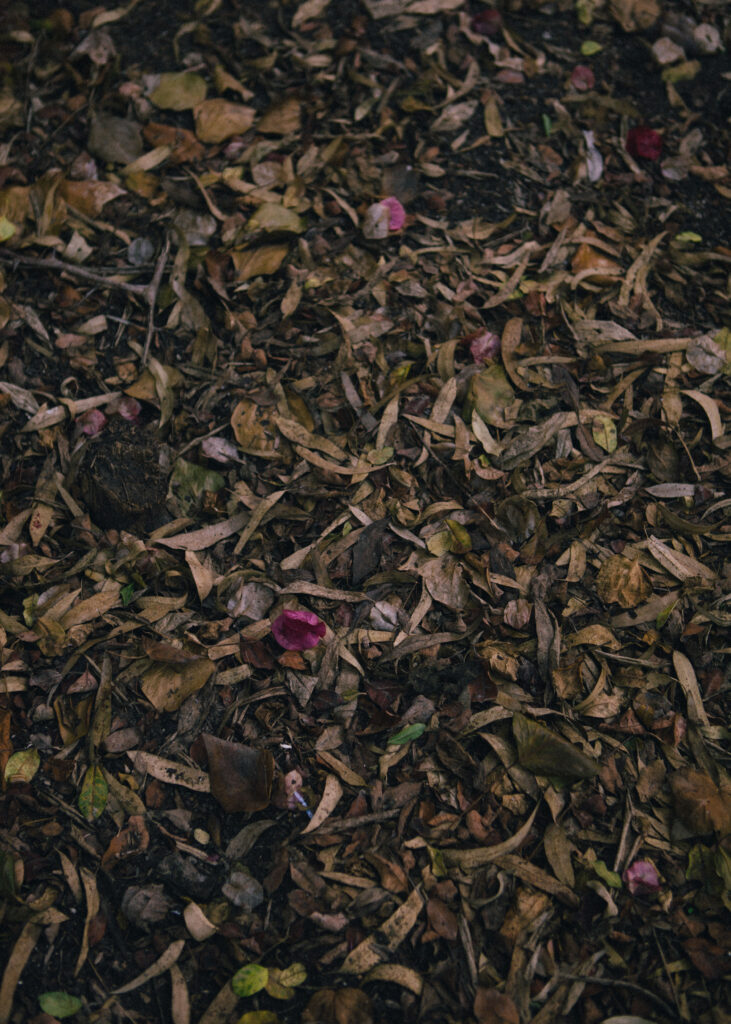
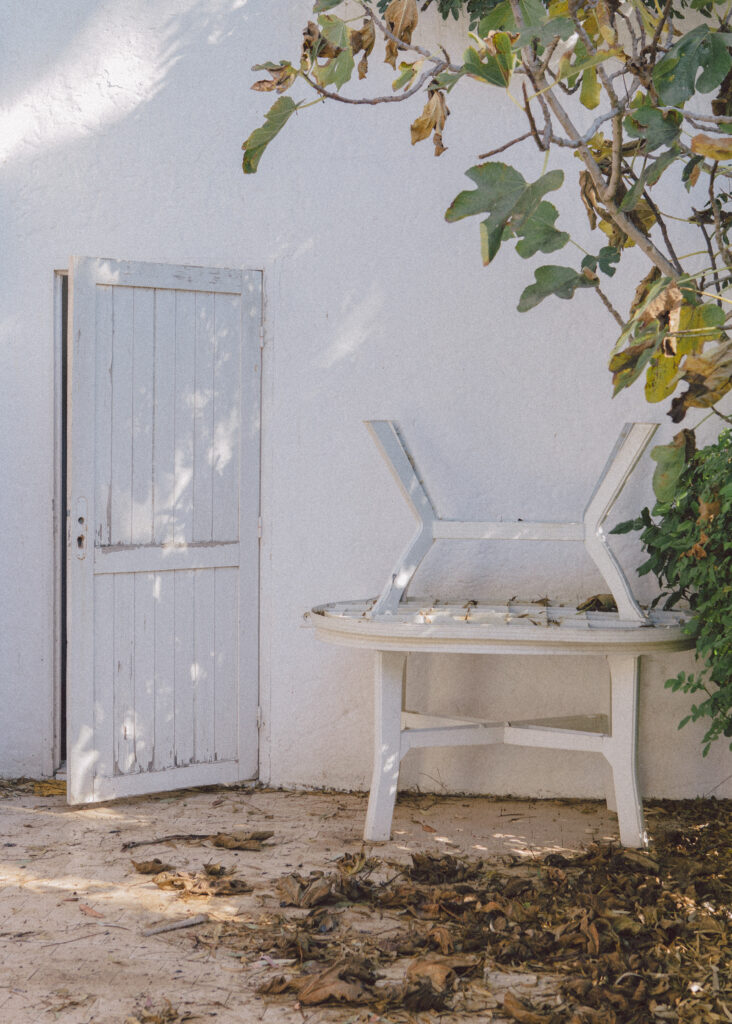
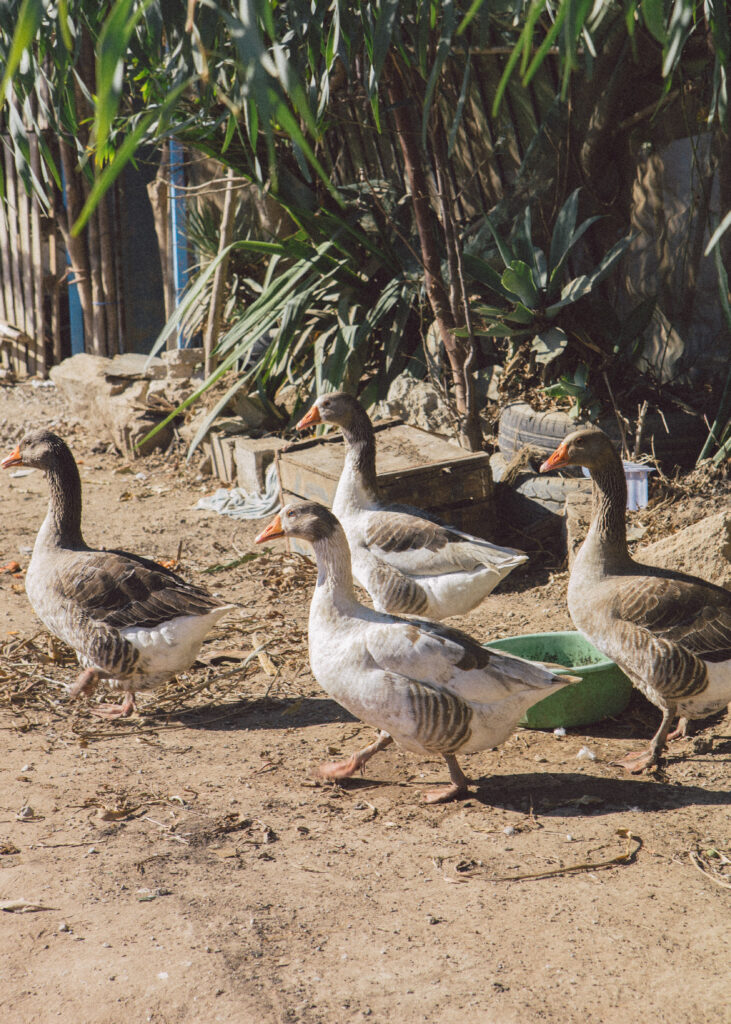
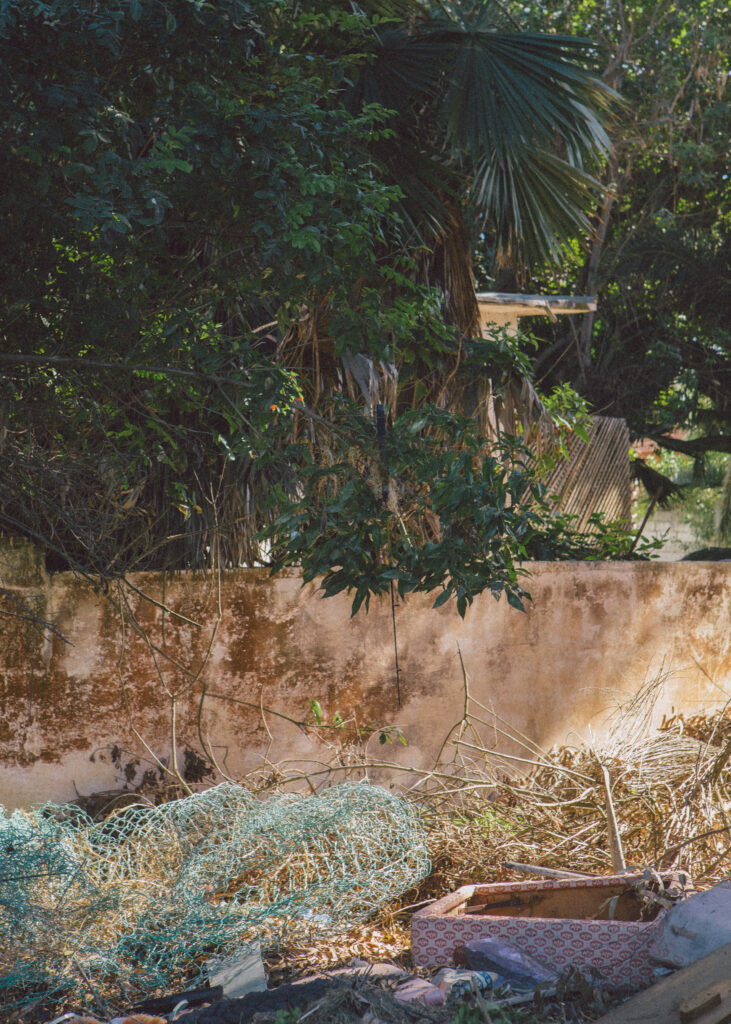
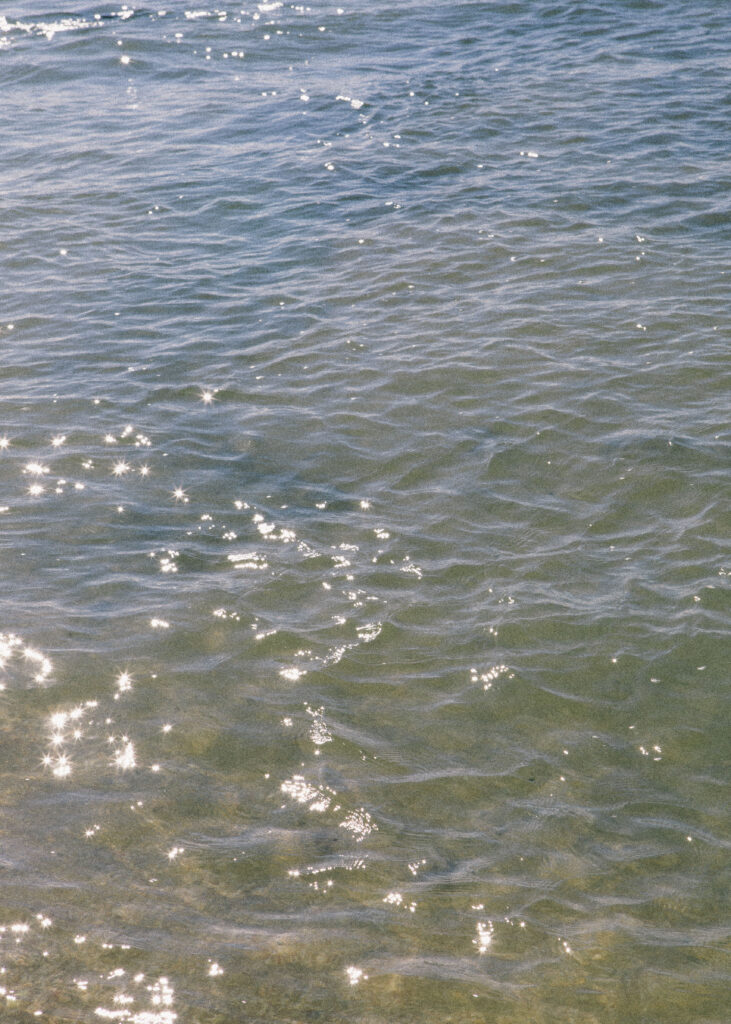
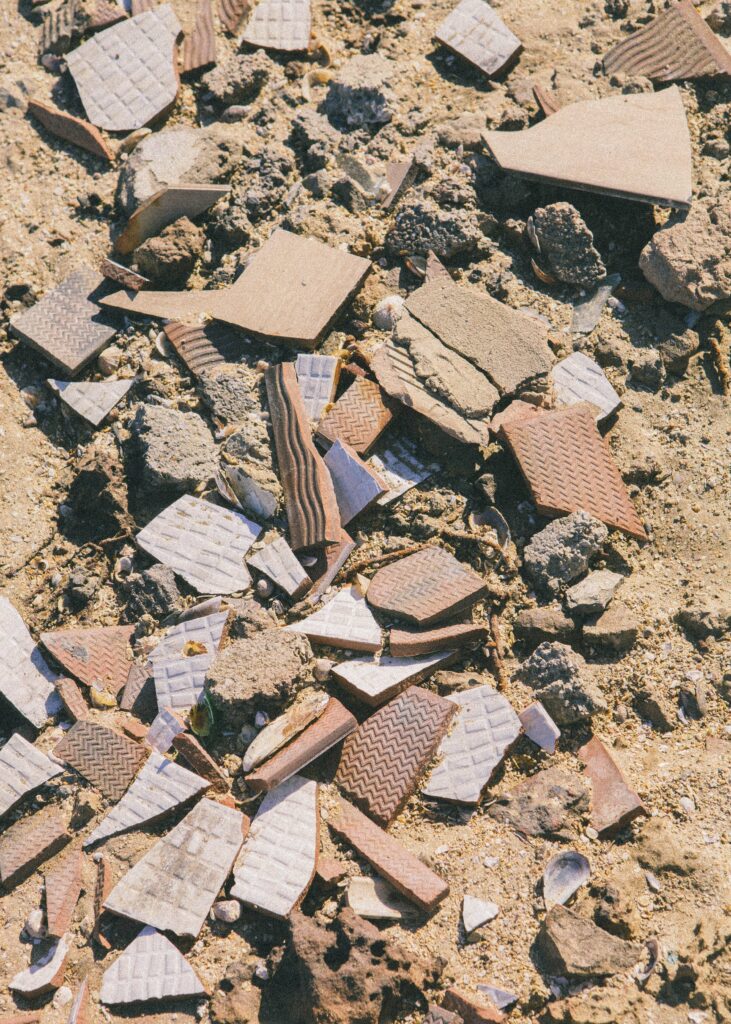
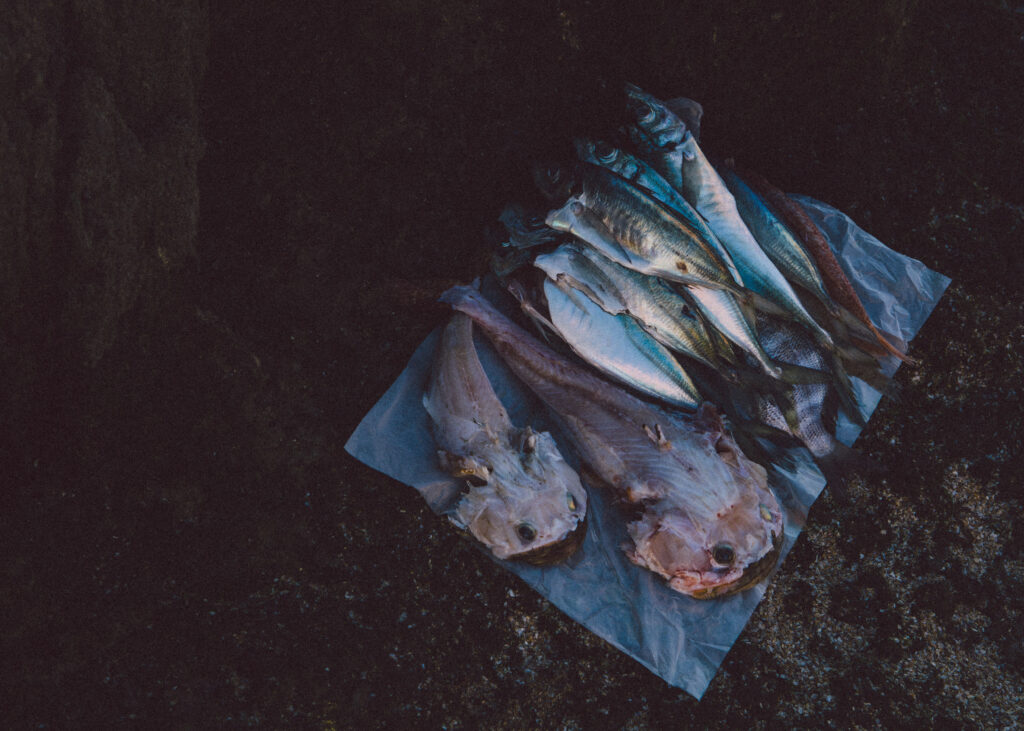
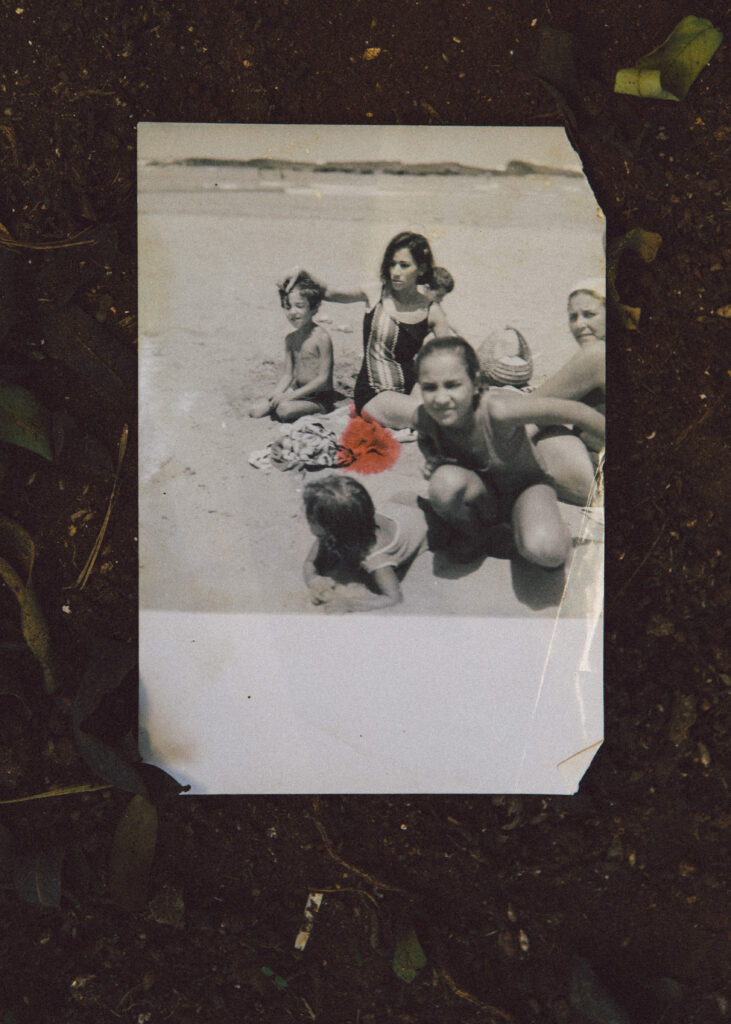
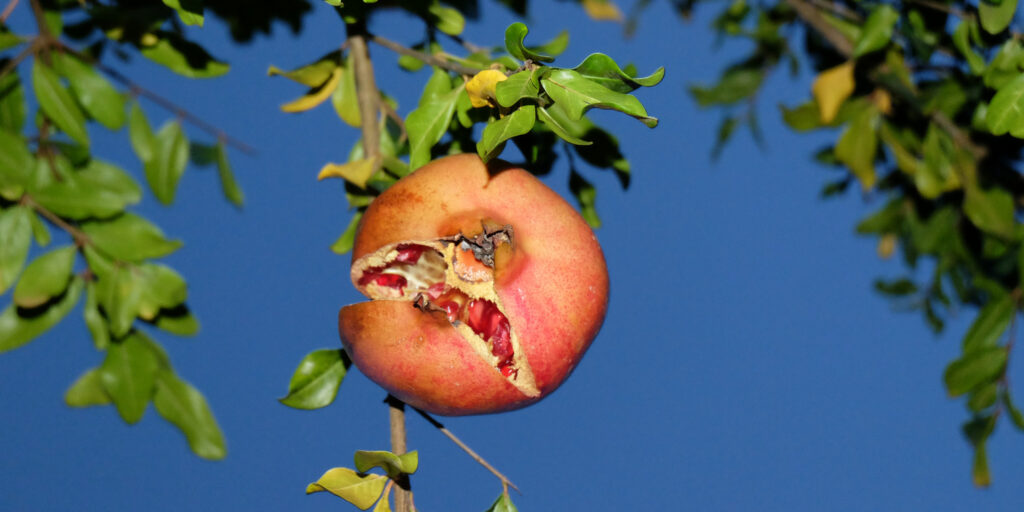
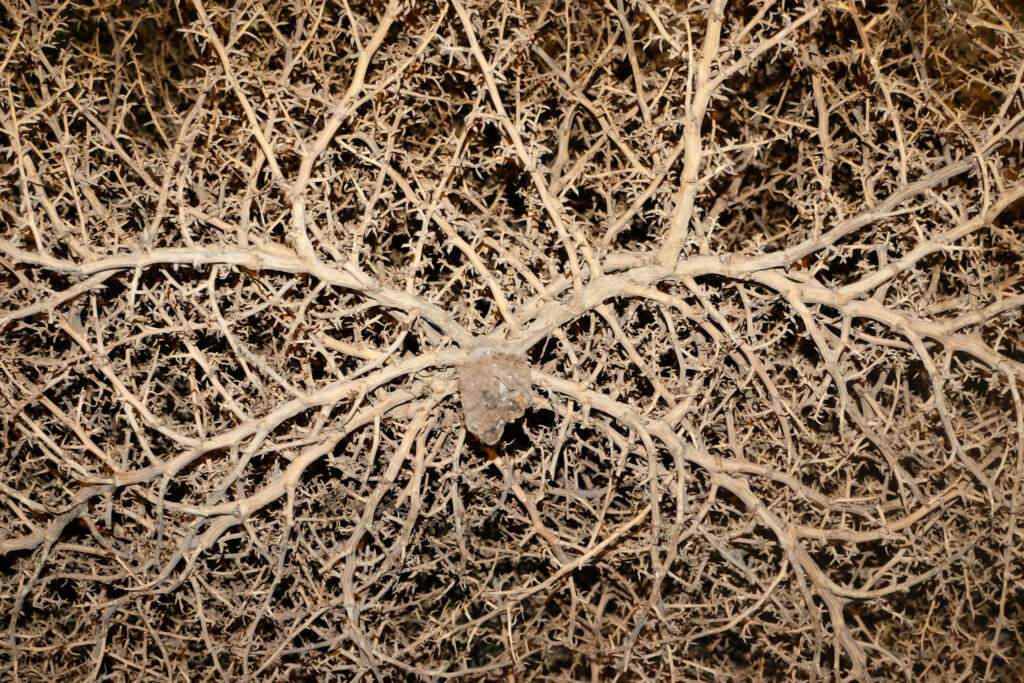
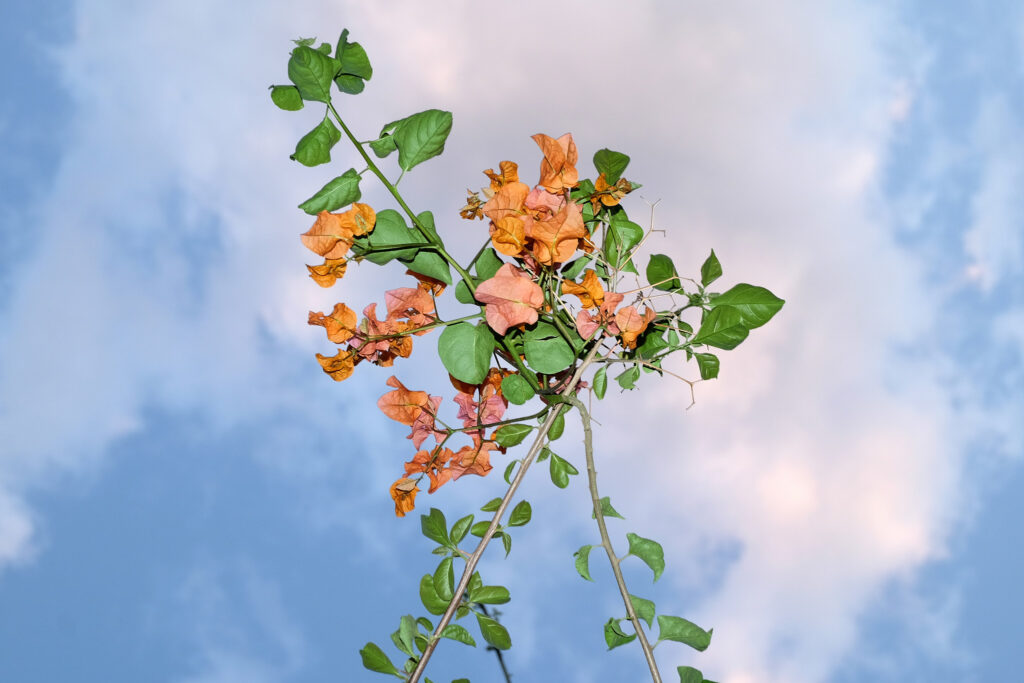
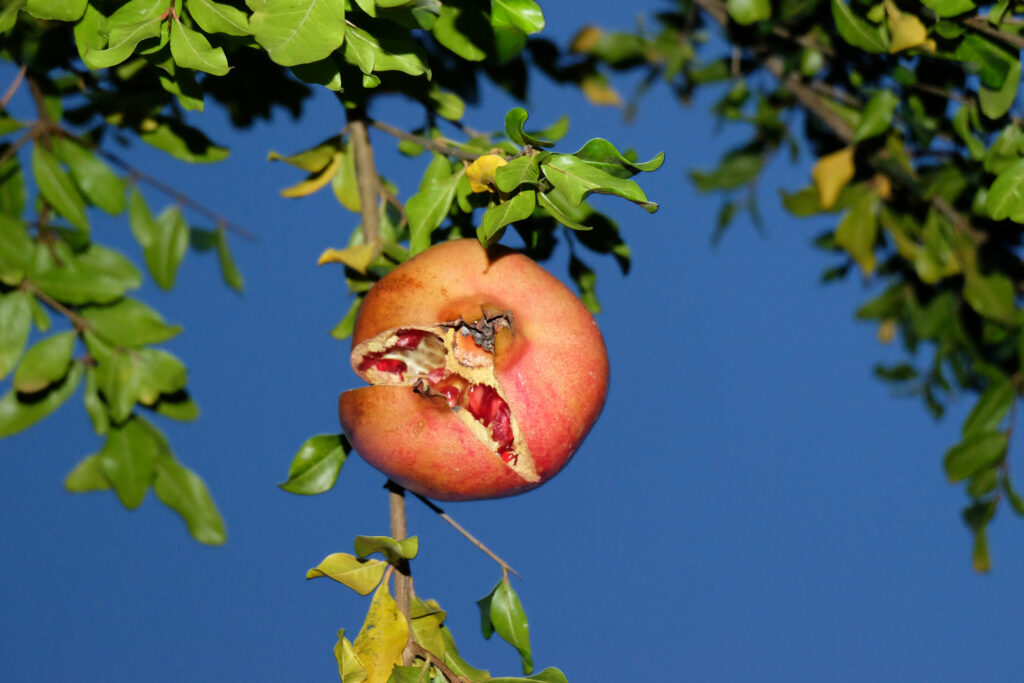
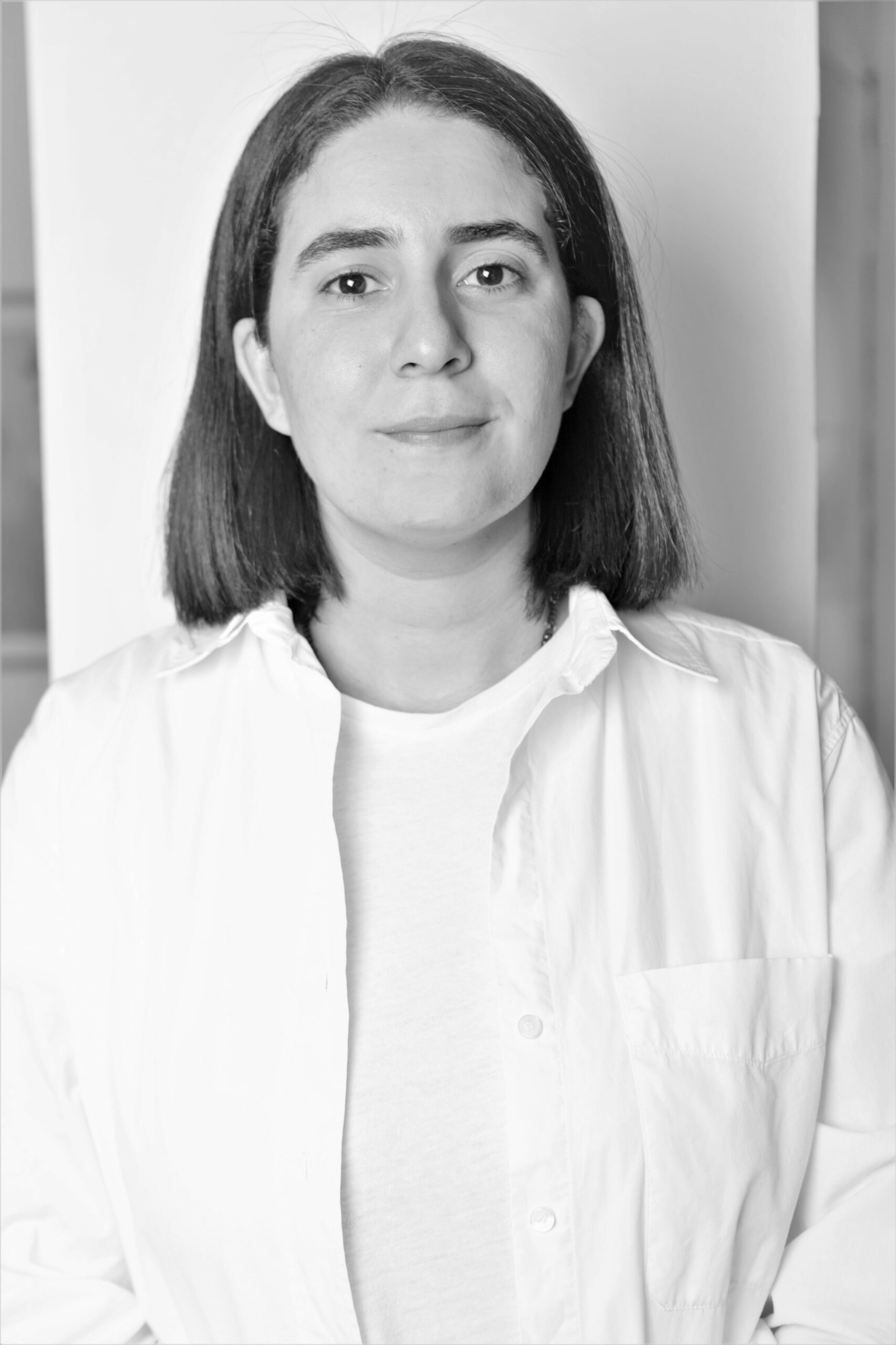
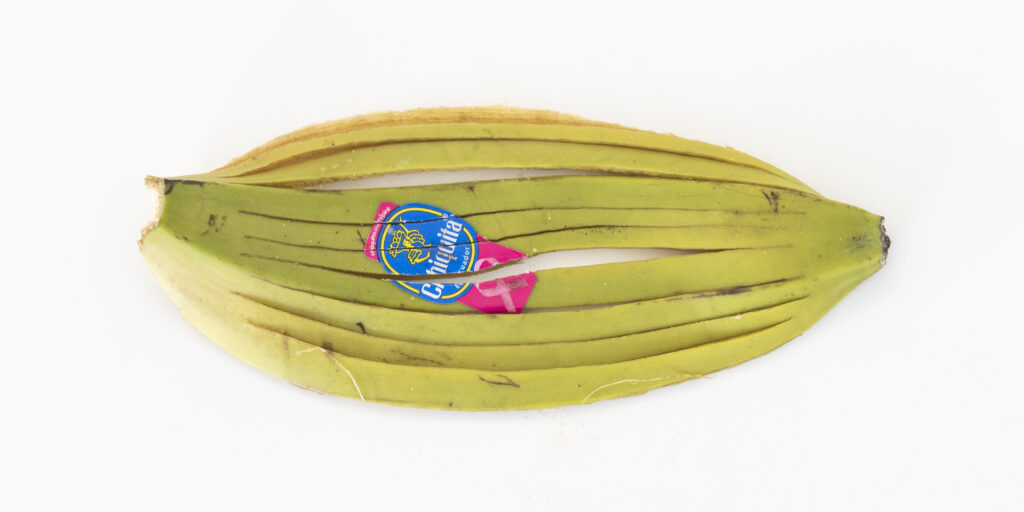
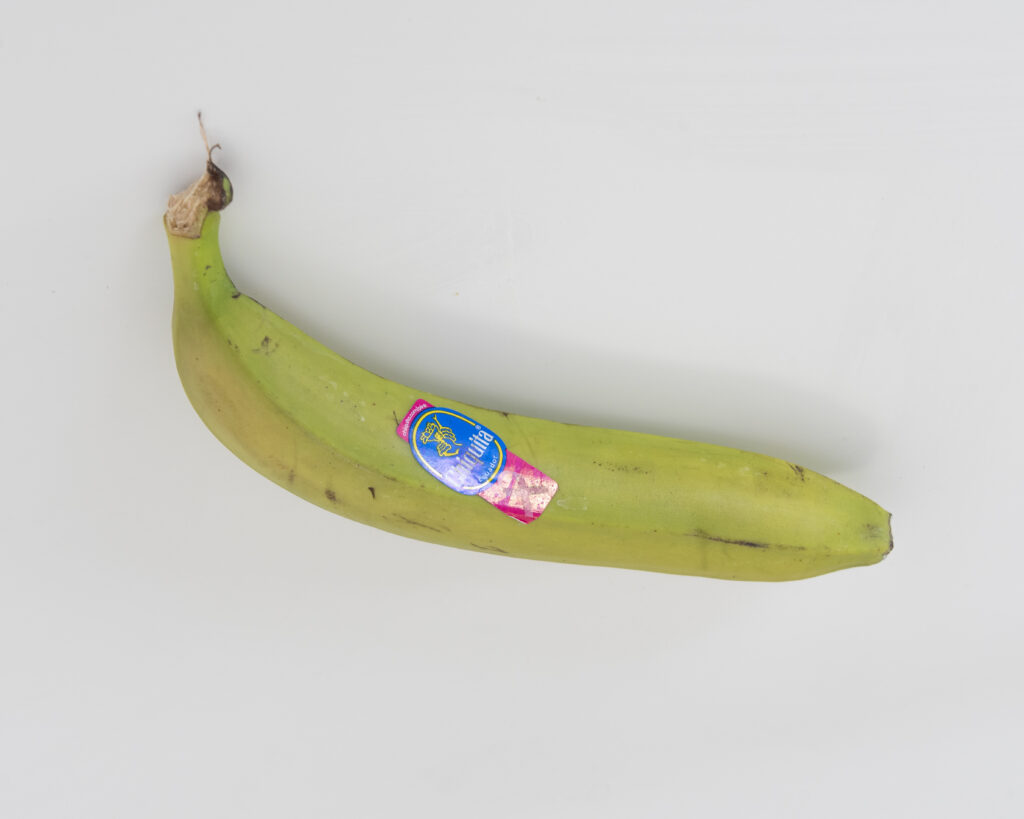
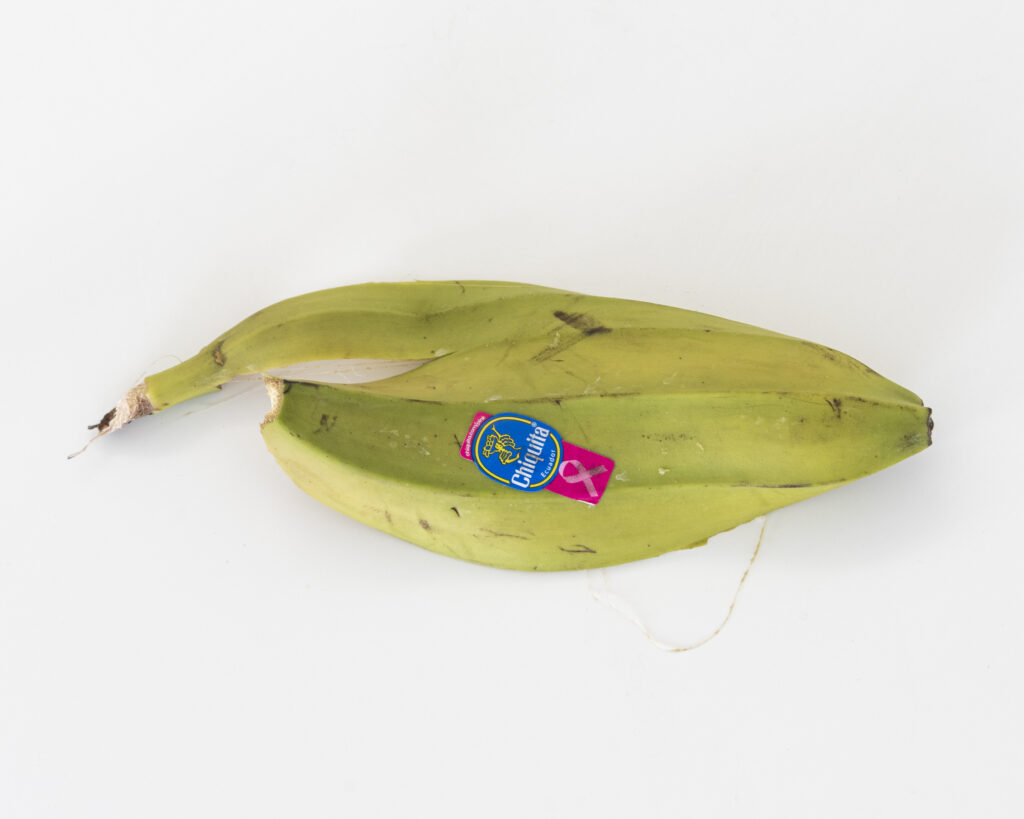
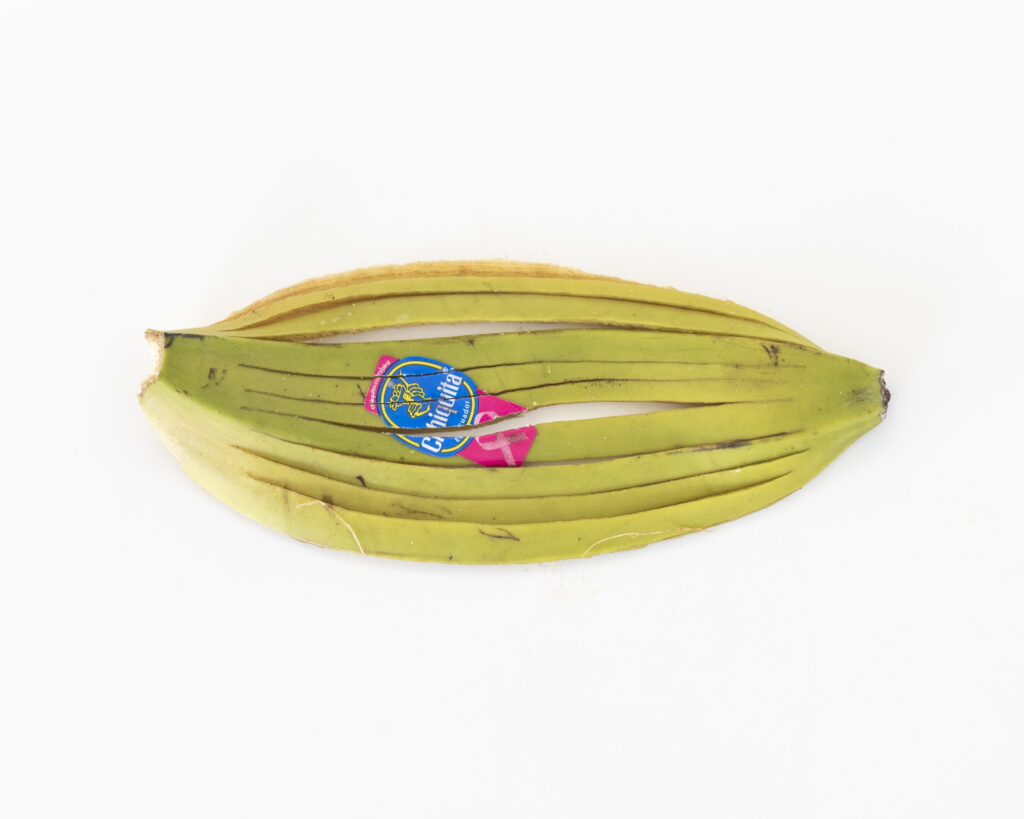
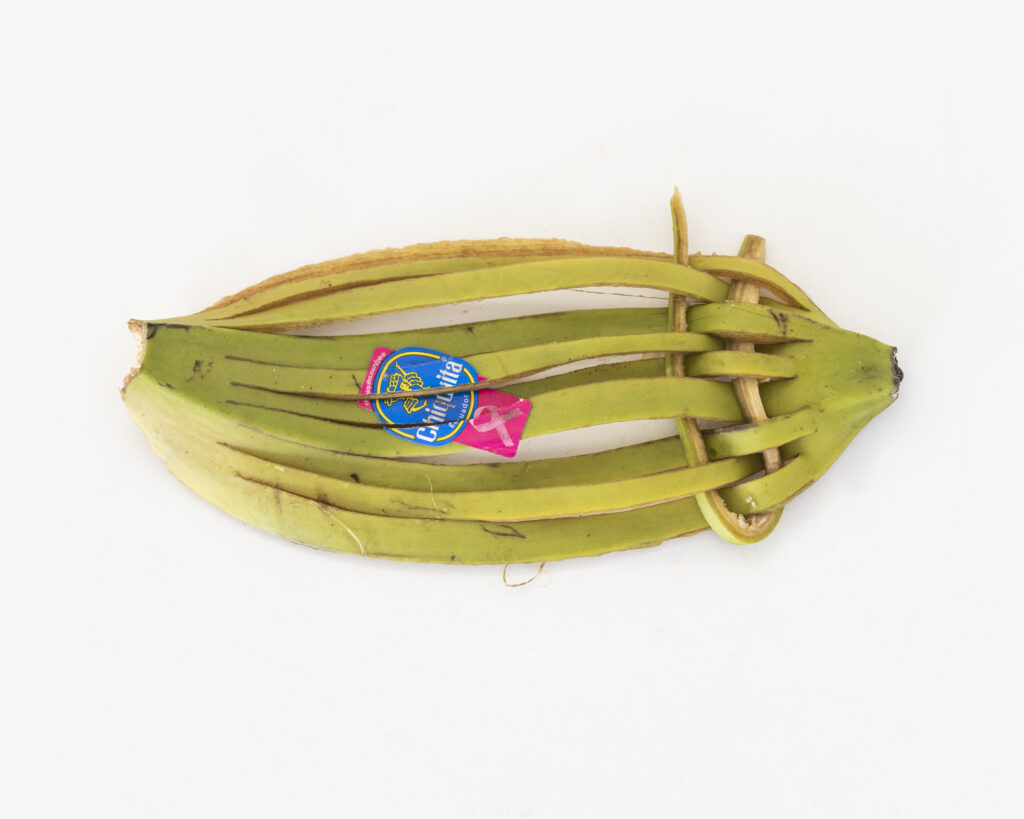
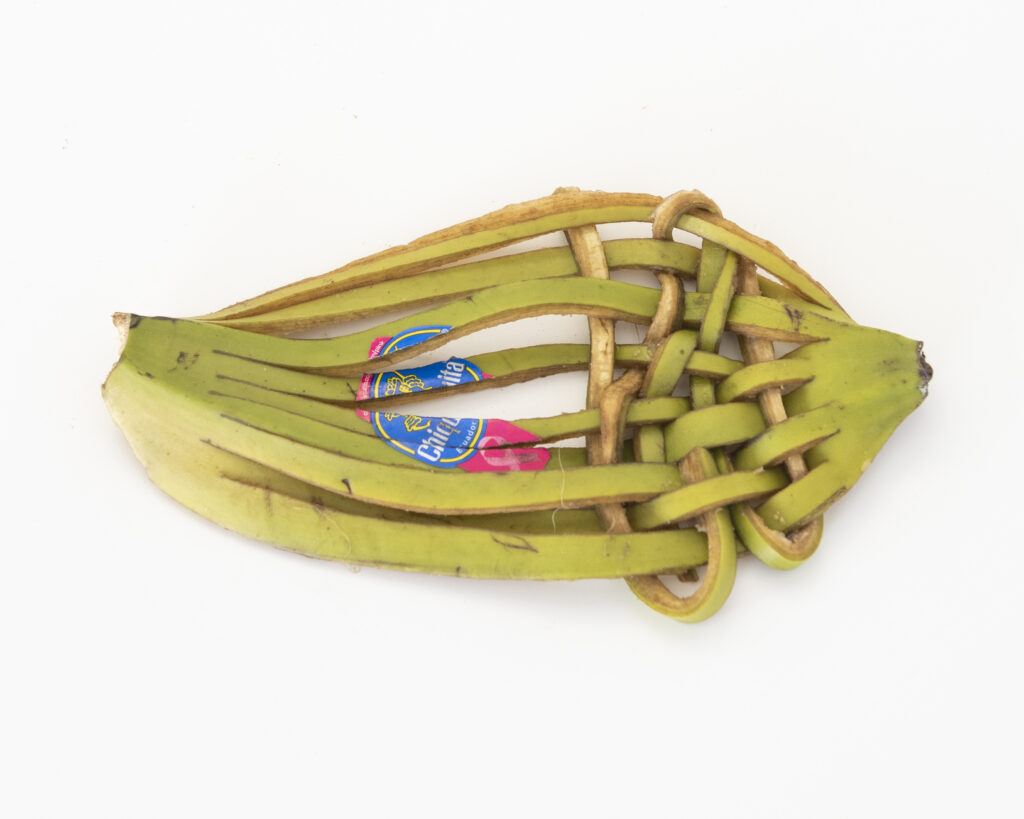
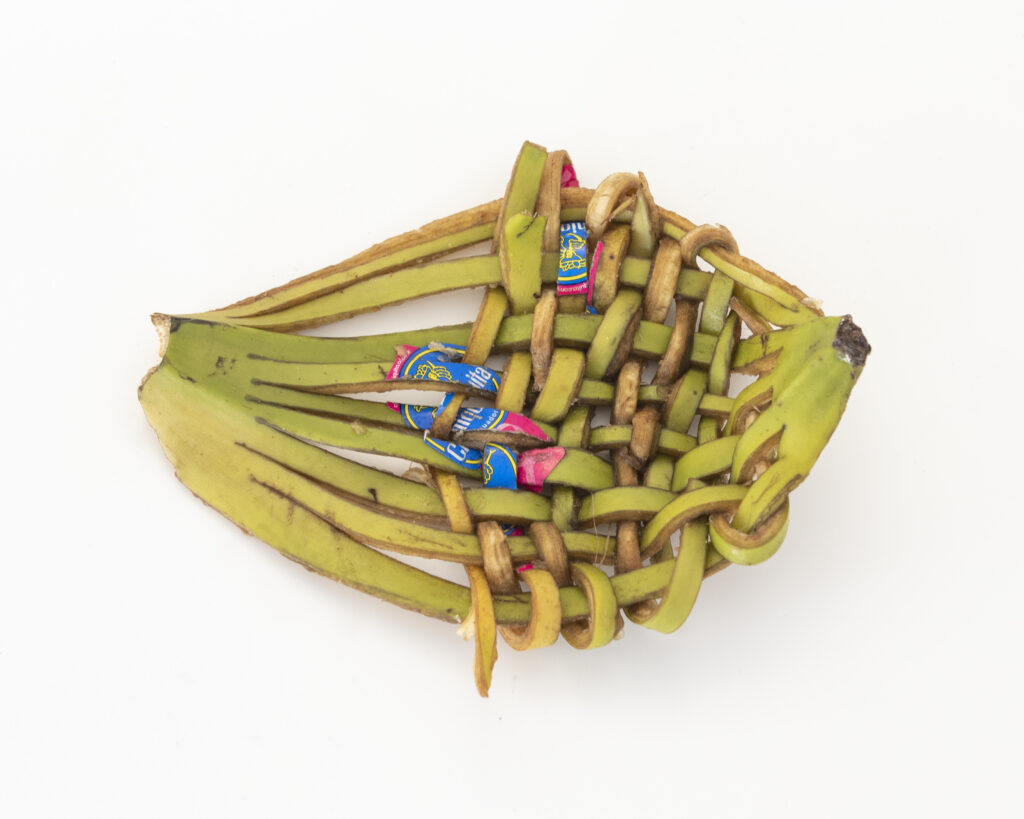
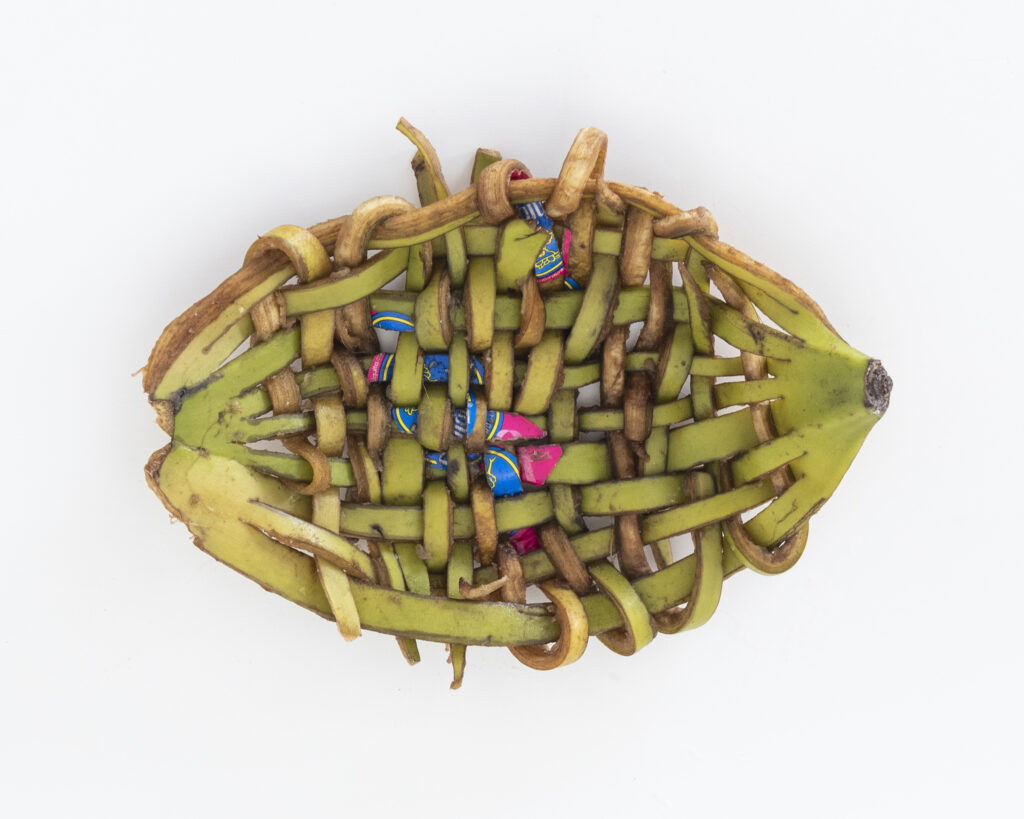
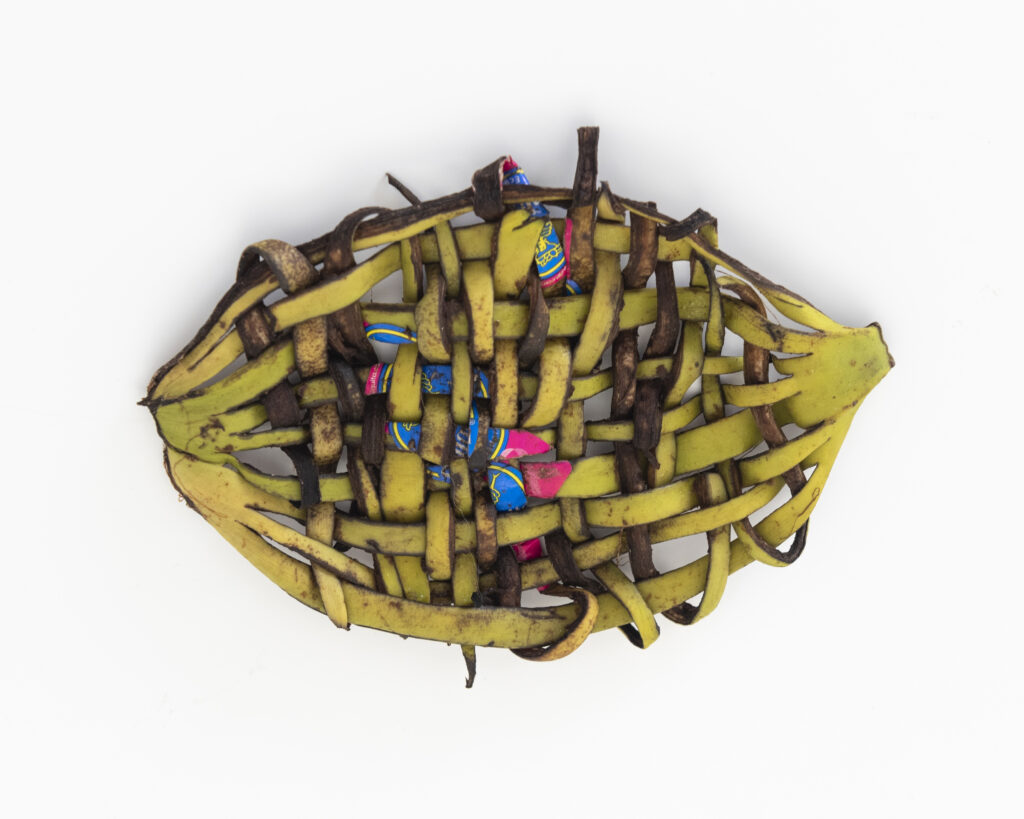
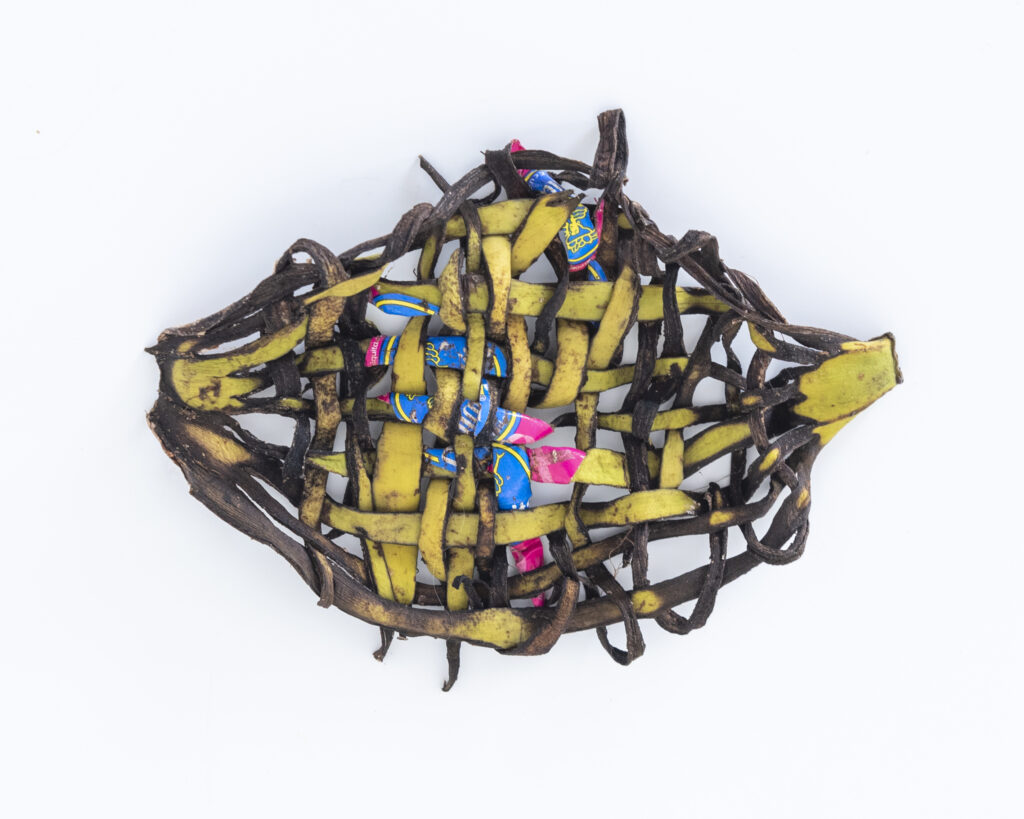
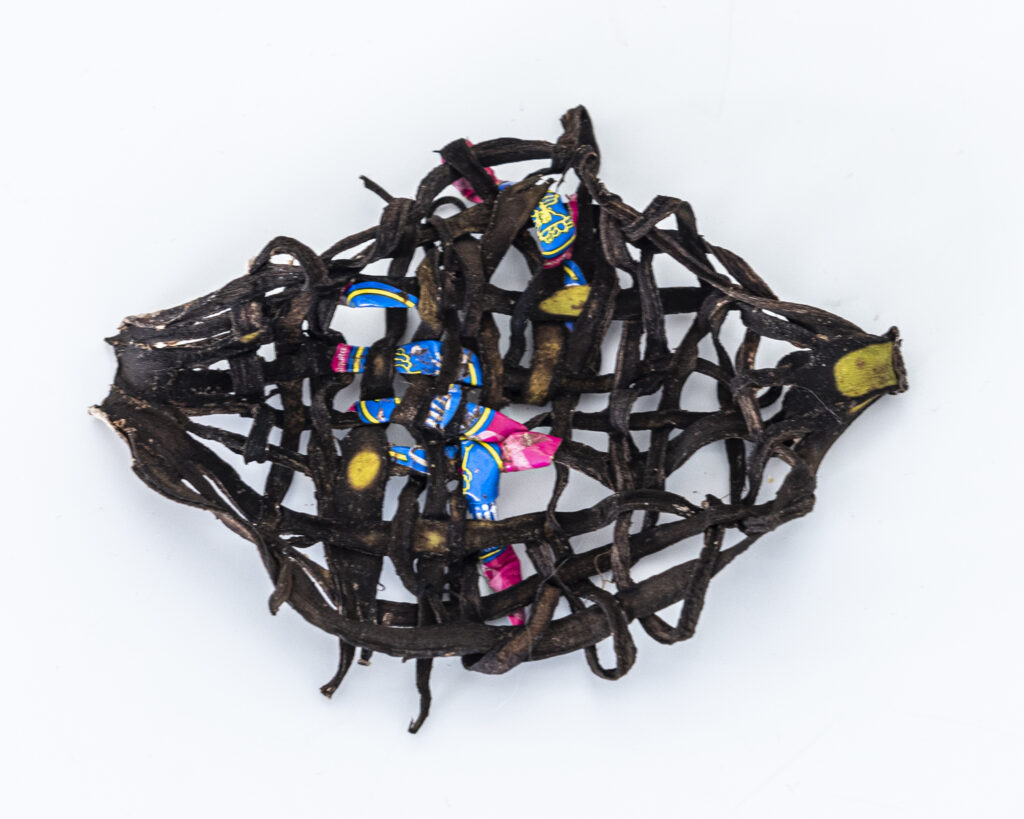
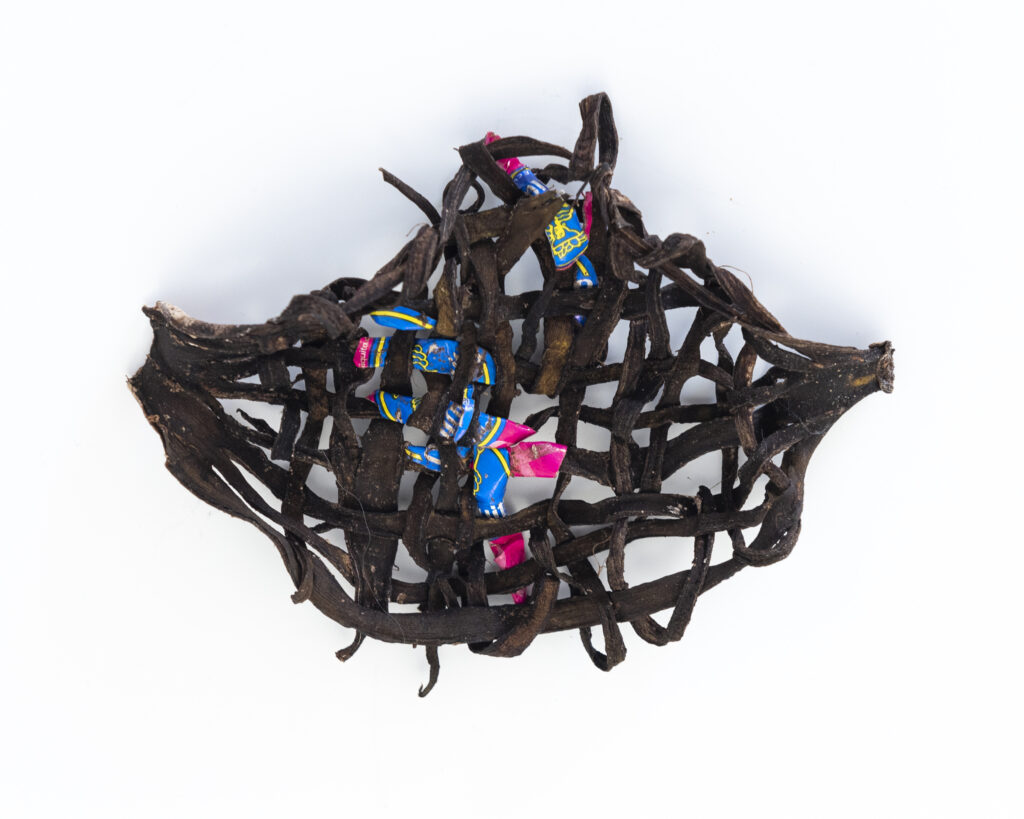
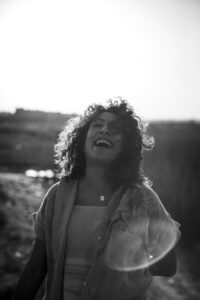 Maha Alasaker is a visual artist based in Kuwait. She is a 2014 graduate from the International Center of Photography.
Maha Alasaker is a visual artist based in Kuwait. She is a 2014 graduate from the International Center of Photography.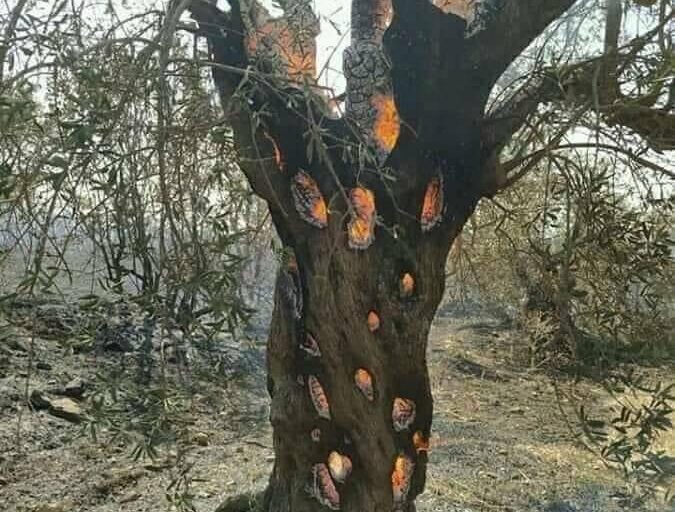

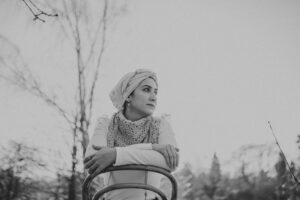
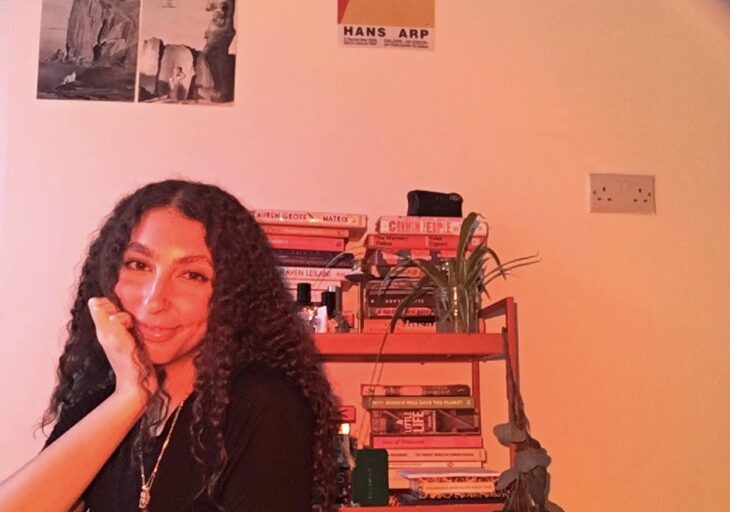
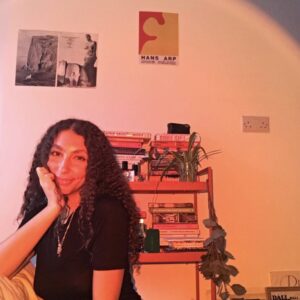 Linda Mohamed is an Italian-Palestinian artist living in London. She holds a Joint BA in Journalism & Creative Writing and Politics from The University of Strathclyde. Before starting her current role in trade publishing, she worked across creative industries in journalism, magazine writing, podcasting and radio. In 2019, she hosted a creative writing workshop at the Dardishi Arab Arts Festival in Glasgow.
Linda Mohamed is an Italian-Palestinian artist living in London. She holds a Joint BA in Journalism & Creative Writing and Politics from The University of Strathclyde. Before starting her current role in trade publishing, she worked across creative industries in journalism, magazine writing, podcasting and radio. In 2019, she hosted a creative writing workshop at the Dardishi Arab Arts Festival in Glasgow.